RFID Implementation Pitfalls: 5 Costly Mistakes and How to Avoid Them
566Avoid common RFID implementation mistakes that waste time and money. Learn best practices for seamless integration in logistics, healthcare, and retail.
MoreAll RFID Product
If you’ve ever worked on a cattle farm, you know how chaotic it can get — hundreds of cows moving around, feeding, breeding, and sometimes wandering off. Keeping track of every animal’s health, location, and productivity manually is a nightmare. That’s where RFID cow tags come in.
These little electronic tags have become one of the most practical tools for modern livestock management. Let’s break down how they work, what types exist, and why they’re such a game changer in the field.
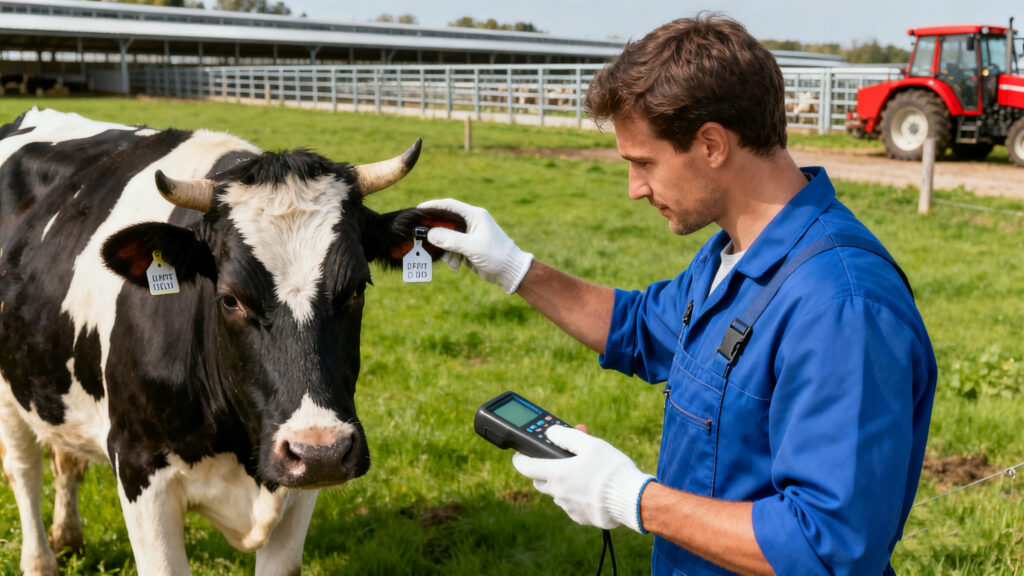
RFID stands for Radio Frequency Identification. In simple terms, it’s a system that uses radio waves to identify and track objects — in this case, cows.
Each RFID cow tag has a small microchip and an antenna sealed inside a durable housing. When a reader sends out a signal, the tag responds with its unique ID. That ID connects to data in the farm’s management software — things like age, vaccination history, milk production, and more.
The best part? You don’t need to physically catch the animal or even see the tag. The reader can scan it from several meters away, saving hours of manual labor.
Most farms use RFID tags for three main reasons:
There are a few types depending on how they’re used:
Each tag type works differently depending on how rugged you need it to be, how far you want to scan, and whether you’re tracking health data or just identification.
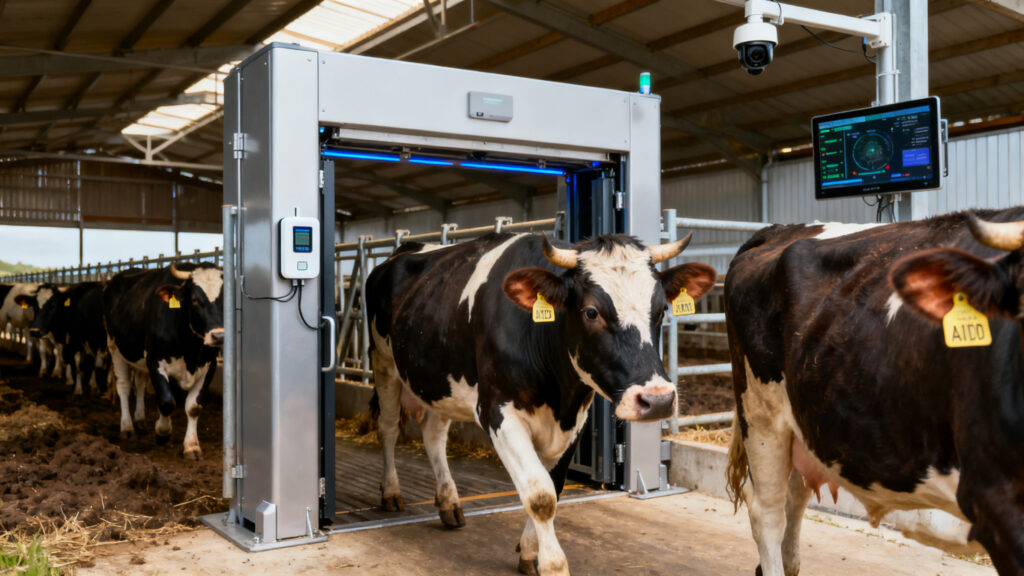
The system usually includes three parts:
When a cow walks past a reader, the tag transmits its unique ID number. That number instantly pulls up the cow’s data in the system — feed schedule, health records, breeding dates, you name it.
Over time, this data helps farmers make smarter decisions — which cows are producing well, which need attention, and how to optimize the herd overall.
RFID tagging isn’t perfect. Tags can get damaged or lost, especially in rough environments. Readers and software systems also require some investment and training. But compared to the long-term savings and efficiency, most farmers say it’s worth it.
As farming gets smarter, RFID cow tags are becoming part of a bigger picture — integrated data systems, automated feeding, and precision livestock farming. They’re not just about ID numbers anymore; they’re part of how farms are staying profitable and sustainable in a changing world.
So next time you see a cow with a small plastic tag on its ear, remember — that little chip is helping farmers manage an entire herd smarter and faster than ever before.
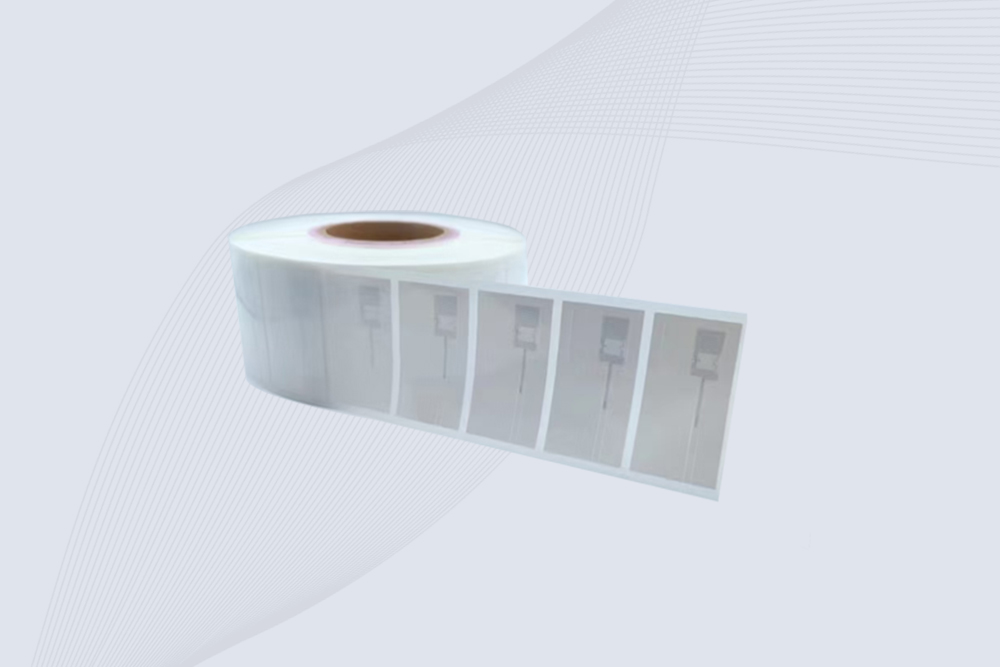
Cykeo CK-BQ6826 Jewelry uhf rfid tag features NXP UCODE 9, 8m read range on metal, and anti-counterfeit security for luxury assets.
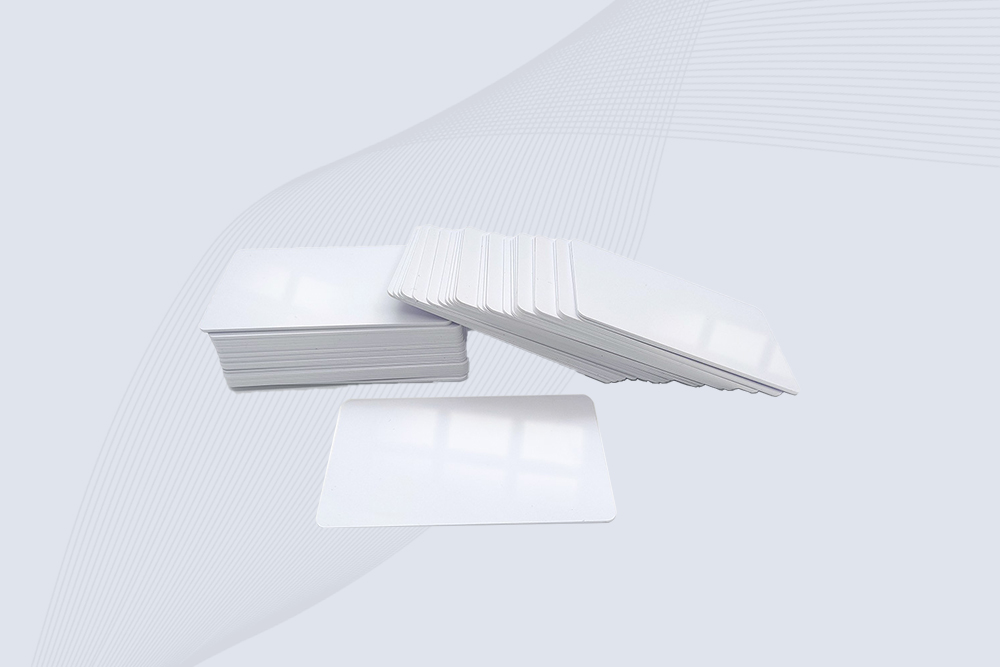
Cykeo CK-BQ8554HF HF rfid cards feature FM1108 chip, 100K write cycles, and customizable printing for access control systems.

Cykeo CK-BQ8554UHF uhf rfid card features U9 chip, 100K write cycles, and CR80 size for access control/inventory management.
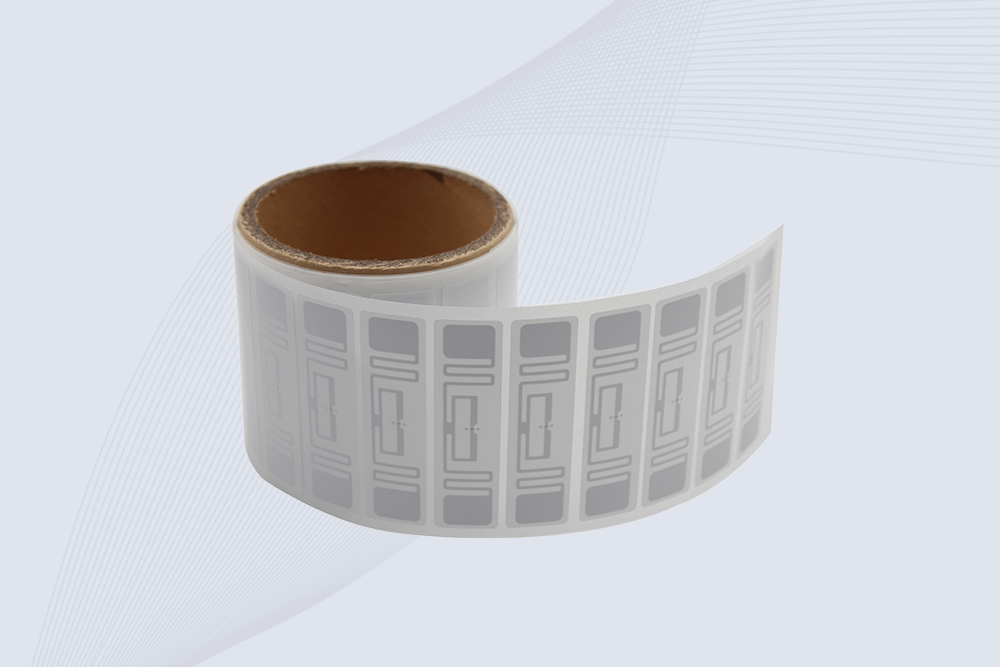
Cykeo CK-BQ7320 UHF RFID asset tag features aluminum-etched antenna, 10-year data retention, and -40°C to +85°C operation for industrial tracking. ISO/IEC 18000-6C compliant with 128-bit EPC memory.

Cykeo CK-BQ8828 industrial RFID cable tie tag features 8m read range on metal, 100K write cycles, ISO 18000-6C compliance. Ideal for machinery tracking and harsh environments.
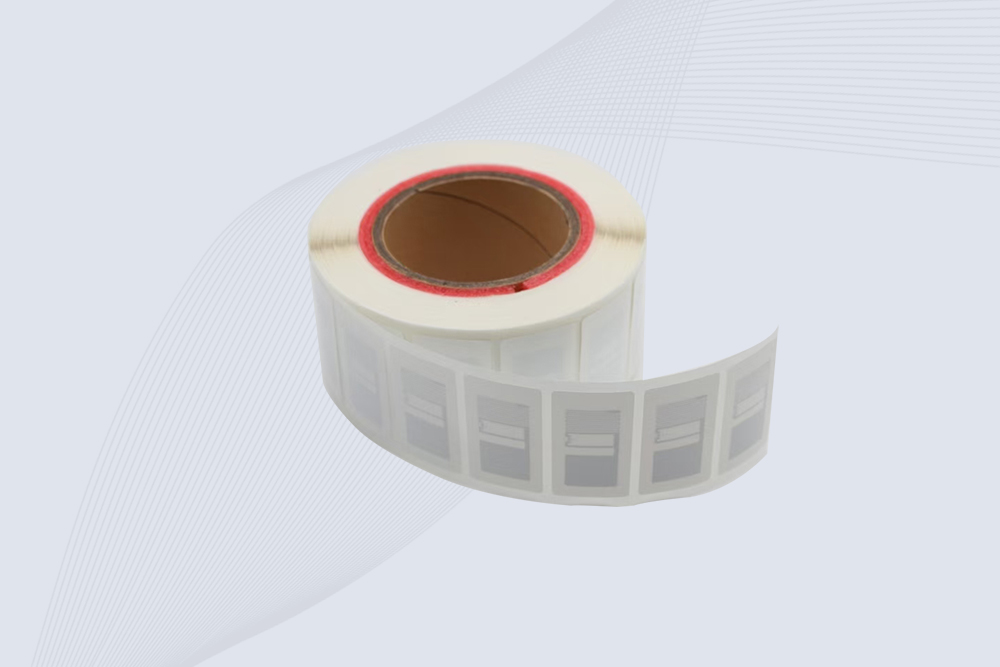
Cykeo’s RFID tags in hospitals enable sterile surgical tracking with 121°C autoclave resistance, ISO 13485 compliance, and 5m read range. Ideal for ORs, pharmacies & implant management.
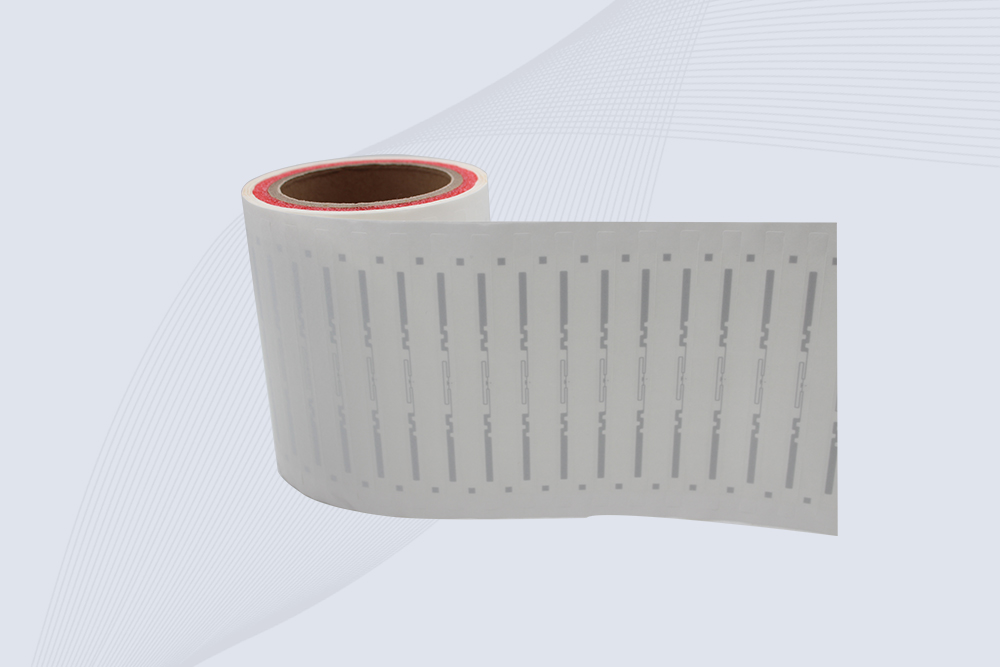
Cykeo’s CK-BQ12507 UHF RFID Book tag features 8m read range on metal surfaces, ISO 18000-6C compliance, and 10-year durability for library/document management. Supports 500+ tags/sec scanning with UCODE 9 chip.
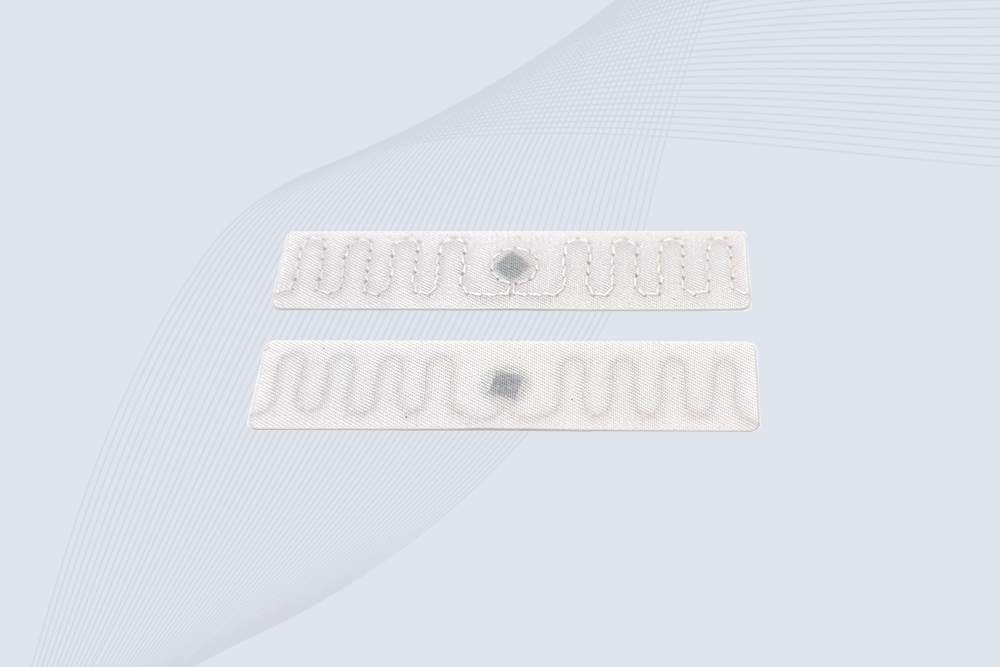
Cykeo CK-BQ7015 industrial RFID laundry tag offers 10-year data retention, 180°C heat resistance, ISO 18000-6C compliance for hospital/hotel/textile asset management. Supports 100k rewrites and custom frequencies.
Avoid common RFID implementation mistakes that waste time and money. Learn best practices for seamless integration in logistics, healthcare, and retail.
MoreCompare RFID and barcode scanning technologies in warehouse, retail, logistics, and manufacturing. Discover their differences in efficiency, cost, and application suitability.
MoreDiscover how dual-antenna RFID readers boost warehouse efficiency, reduce errors, and save costs. Cykeo explains the technology, benefits, and real-world success stories.
Morein-depth look at how RFID transforms library management systems—from self-checkout and collection tracking to security and data analytics. Backed by real-world cases and hands-on experience, this article reveals how the technology is reshaping th...
More